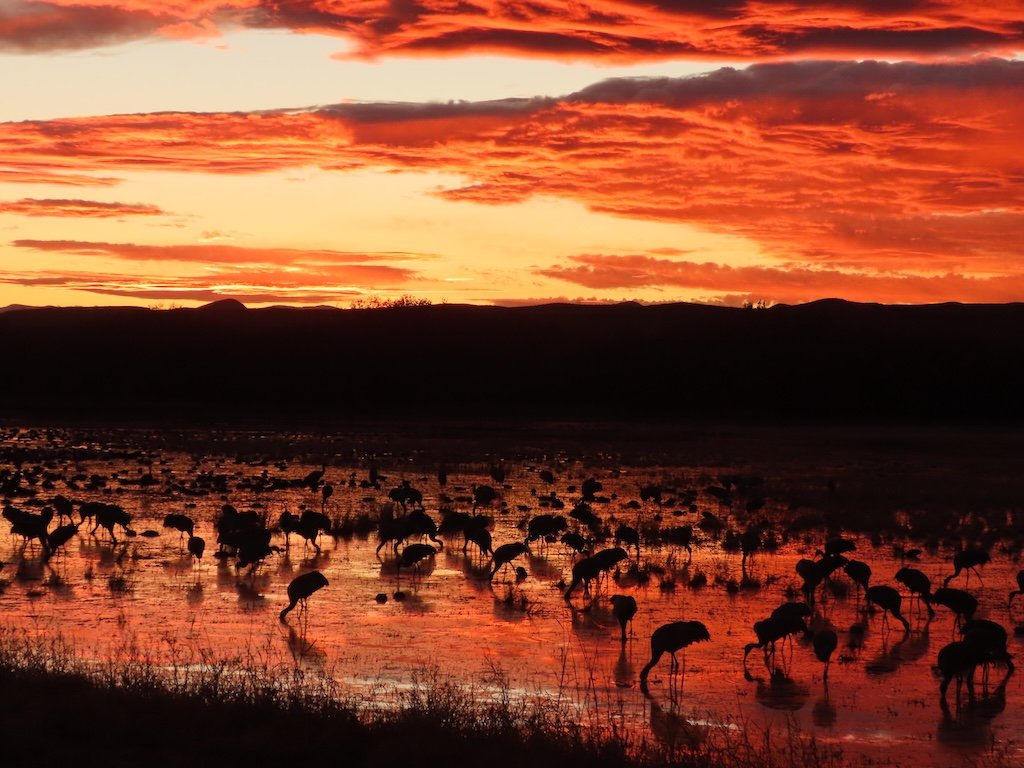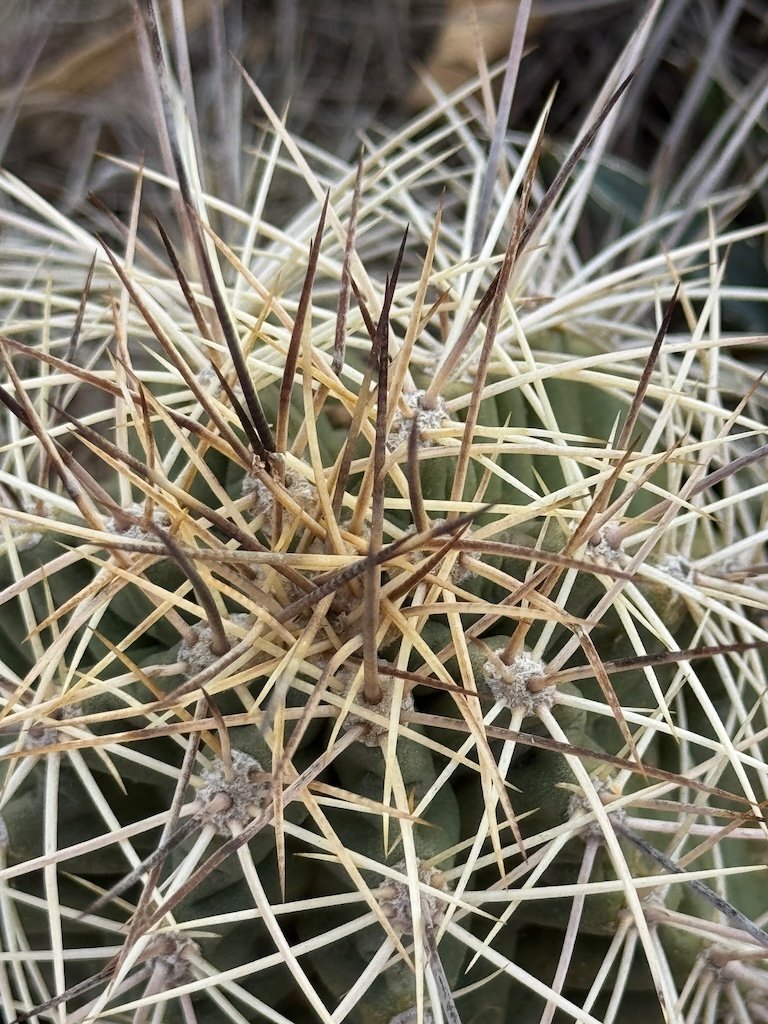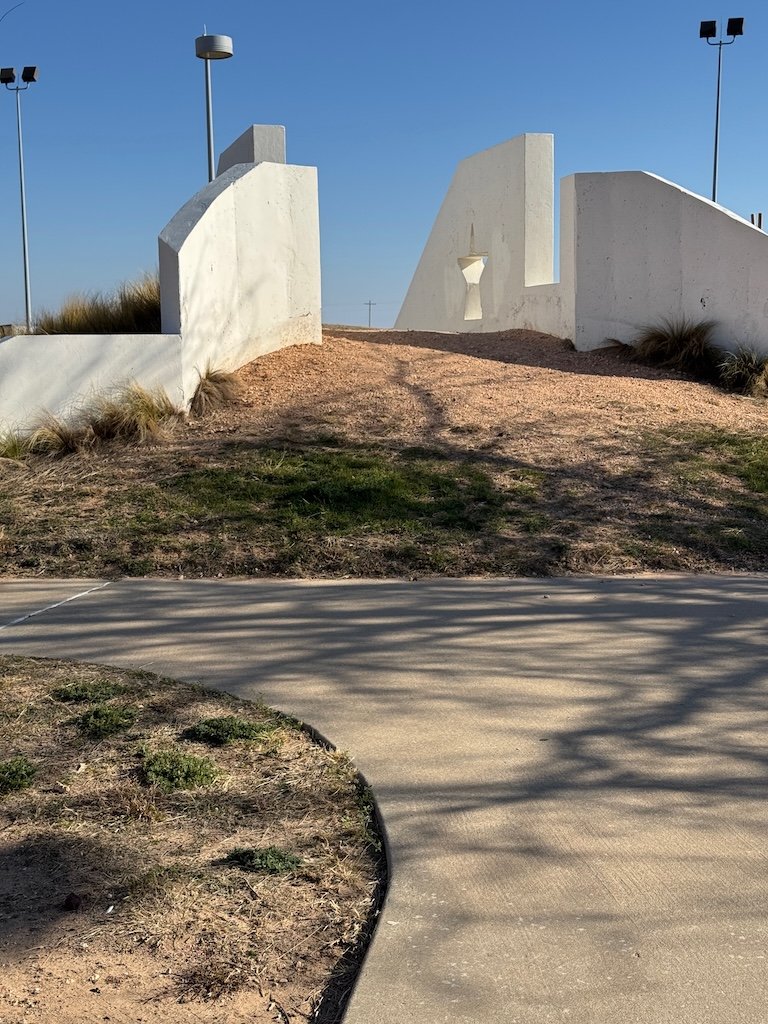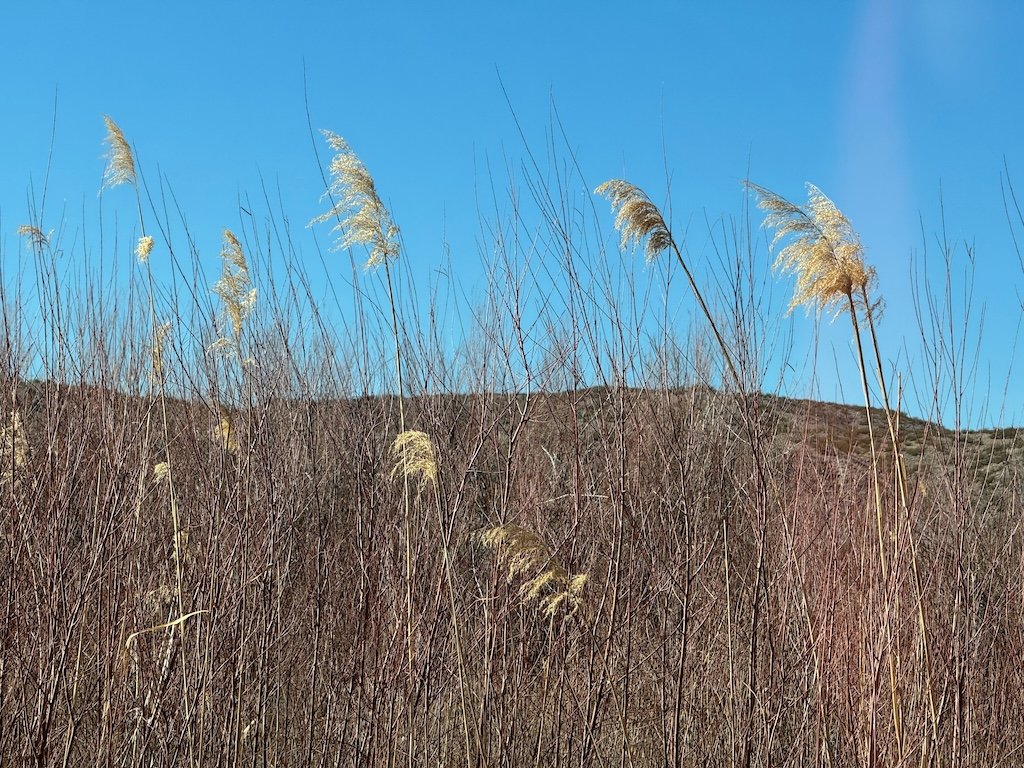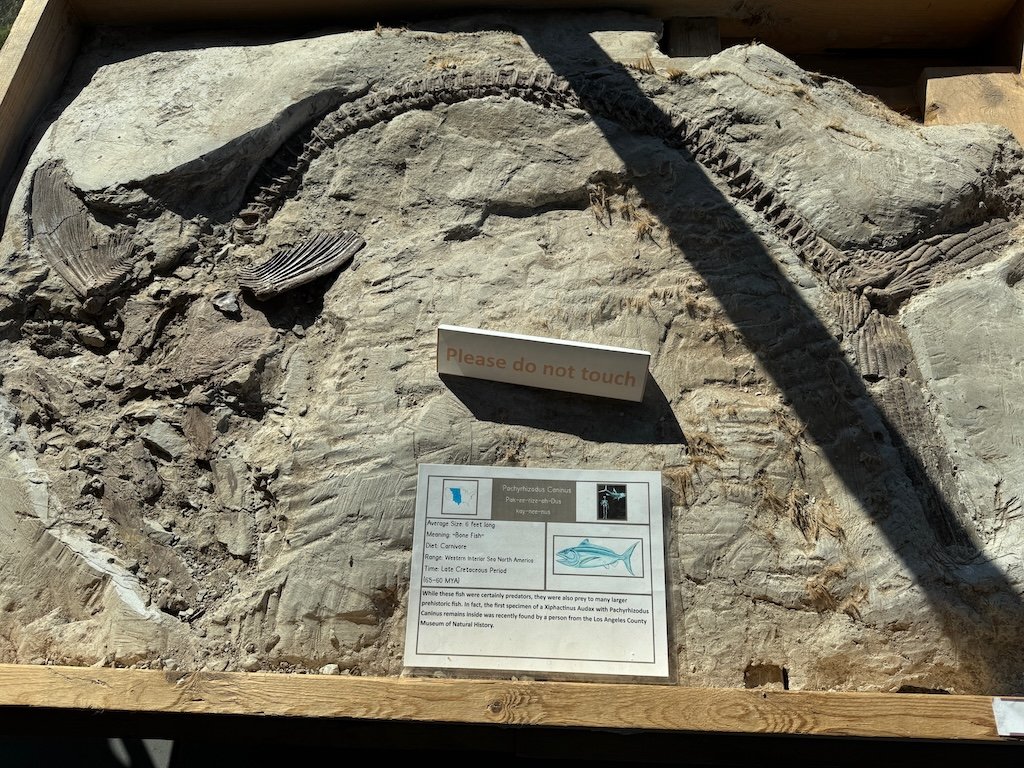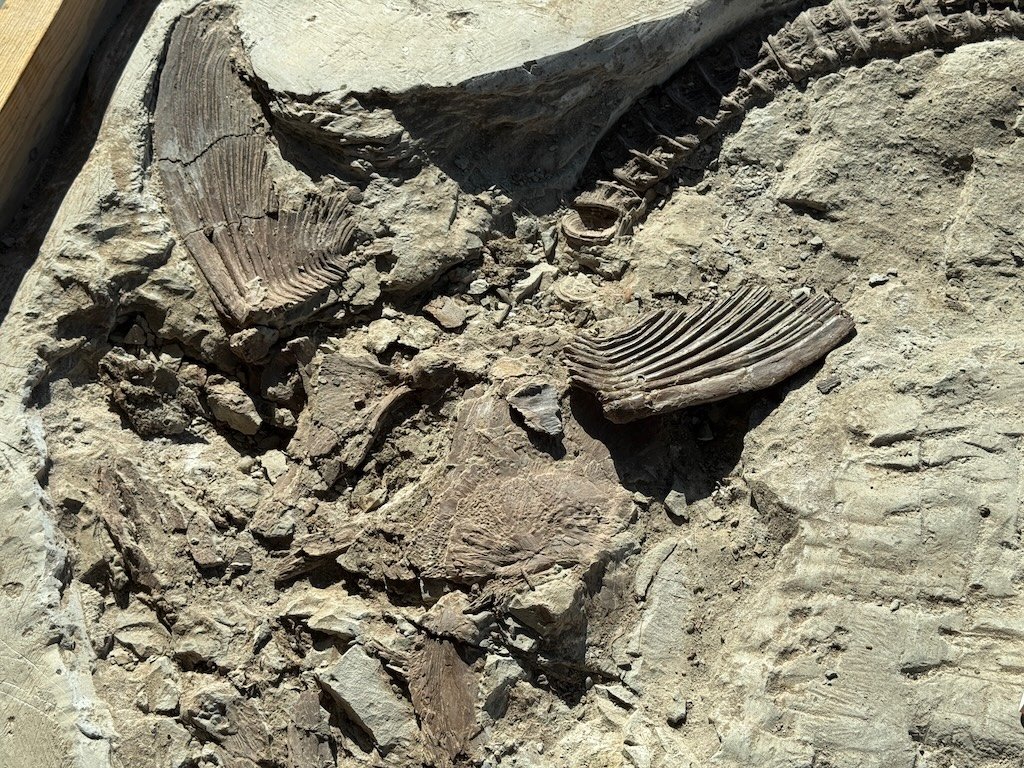Gleanings of the Week Ending December 28, 2024
/The items below were ‘the cream’ of the articles and websites I found this past week. Click on the light green text to look at the article.
5 New Year’s Resolutions for Your Garden – All 5 are good ideas! I am on my second year of ‘turn an area of turf grass into a native garden.’ If the native trees/shrugs I planted last fall survive…it won’t be hard at all to reduce some turf in 2025. I haven’t used pesticides since we moved to Missouri and we already use electric or hand-powered tools. We have a bird bath. I am not at 70% native plants – yet. That one could be hard although I am going making some progress; I will eliminate a Japanese barberry and forsythia in the spring to make way for more native plantings.
Best of 2024 – Square Meter Prairie Photos – Macro photographs from The Prairie Ecologist.
Scientists Unlock the Secrets of Crocodile Skin and Its Irregular, Mystifying Patterns – Research that discovered that the uniqueness of crocodiles’ head scales is driven from mechanical processes, such as growth rate and skin stiffness, rather than gene expression.
The Case of The Missing Cinders from Yellowstone's Cinder Pool - What happened to the cinders that used to float atop Cinder Pool in the One Hundred Spring Plain area of Norris Geyser Basin? Cinder Pool was one of the few known cinder-producing pools in the world. Using historical water chemistry data, the pH (4.1 ± 0.2) of Cinder Pool was fairly constant from 1947 to 2015, and the sulfate concentration was relatively low (80 ± 20 mg/L). Cinders were last observed in 2018. By April 2019, the pool was lacking cinders and had become significantly more acidic, with the pH dropping to 2.6 and the sulfate concentration increasing to 350 mg/L. Cinders were no longer being generated, and the appearance of the pool changed drastically. Dynamic Yellowstone!
Animals That Turn White in Winter Face a Climate Challenge – There are some snowshoe hares that stay brown during winter…and they may be surviving better in areas that are now getting less snow in the winter. Animals that are adapted to winter by turning white…might find the adaptation a hazard if there is no snow!
Natural disasters killed thousands around the world, caused billions in damage in 2024 - In the United States alone, there have been at least 24 weather-related disasters that caused more than $1 billion in damages each according to the National Oceanic and Atmospheric Administration. Since 1980, the annual average number of events is 8.5. When counting the most recent five years alone -- 2019 through 2023 -- that average increases to 20.4 events per year. The cost of climate change is increasing around the world…impacting everyone.
The global divide between longer life and good health - Life expectancy, or lifespan, increased from 79.2 to 80.7 years in women and from 74.1 to 76.3 years in men between 2000 and 2019, according to WHO estimates. However, the number of years those people were living in good health did not correspondingly increase. The average global gap in lifespan versus healthspan was 9.6 years in 2019, the last year of available statistics. That represents a 13% increase since 2000.
Scientists Just Dissected the World’s Rarest Whale in New Zealand - Only seven spade-toothed whales have ever been identified, and the species has never been seen alive. When a 16-foot, 3,000-pound carcass washed ashore on the South Island of New Zealand in July; it was in remarkably good condition and appeared in a region of New Zealand that allowed researchers to perform the first-ever dissection of the species. The research and dissection process was under the guidance of both scientists and members of local Māori tribes on the South Island. Some discoveries: vestigial teeth, 9 stomach chambers, and head trauma was cause of death.
Interior Department Signed 69 Tribal Co-Stewardship Agreements In 2024 - The agreements cover a range of ways designed to bring tribes into management of public lands. That includes efforts by Interior to expand bison habitat and entering into bison co-management agreements with tribal leaders, shifting historic preservation responsibilities from federal agencies to tribal agencies, carefully weighing the impact of federal agency action on sacred sites, and expanding and reforming self-governance as part of the Practical Reforms and Other Goals to Reinforce the Effectiveness of Self-Governance and Self Determination for Indian Tribes (PROGRESS) Act.
Study likely to change standard of care for deadly strokes - Endovascular therapy, or EVT, -- a minimally invasive surgery performed inside the blood vessels -- is 2 ½ times more likely than standard medical management to achieve a positive outcome after vertebrobasilar stroke that affects the back of the brain, including the brain stem.





































